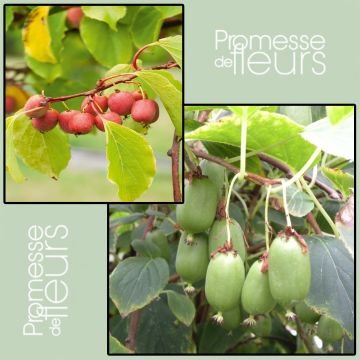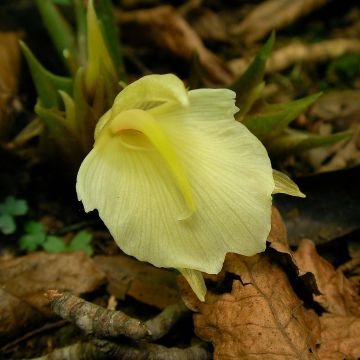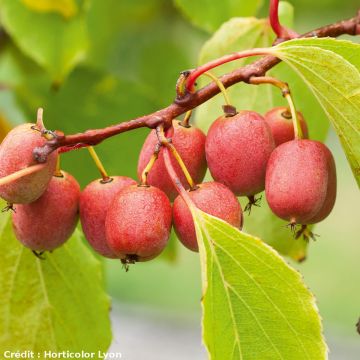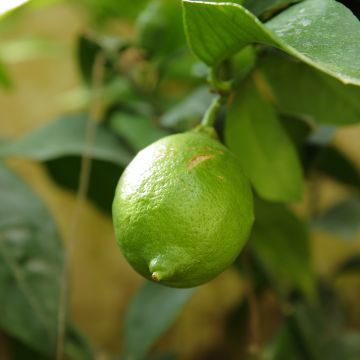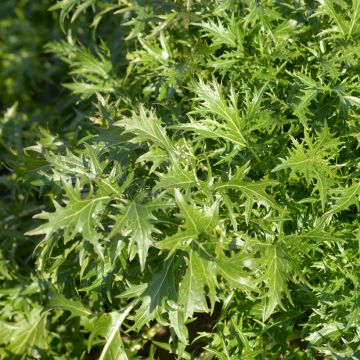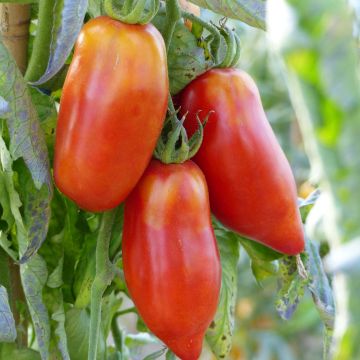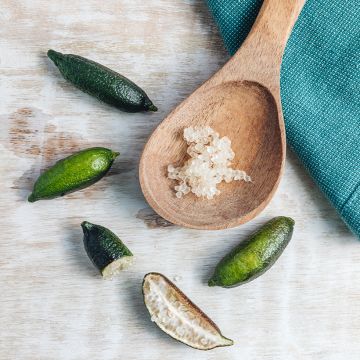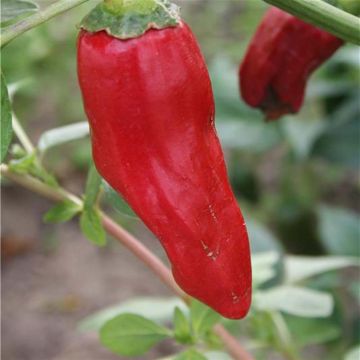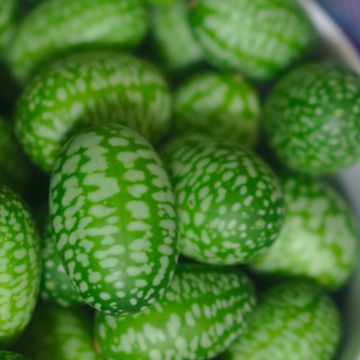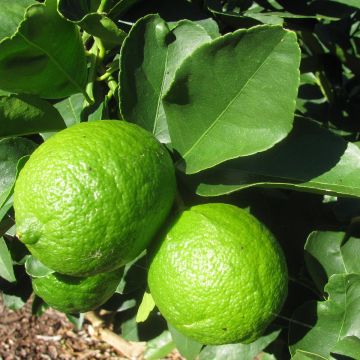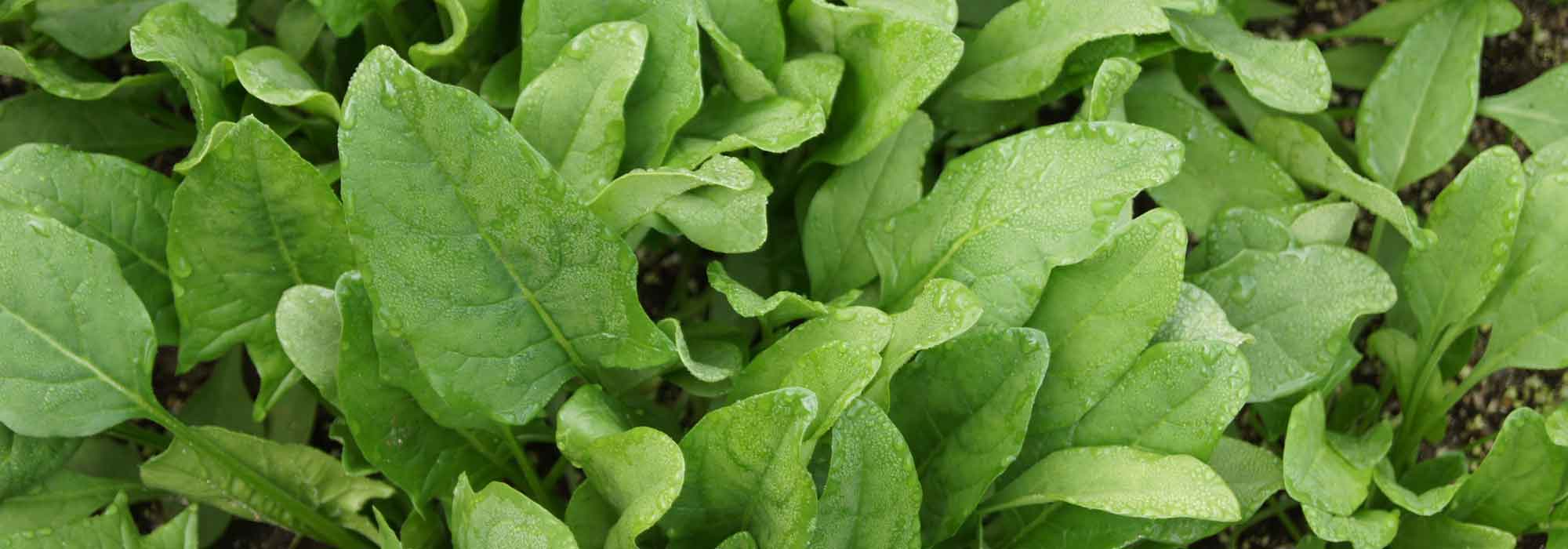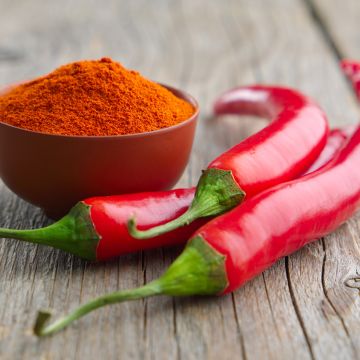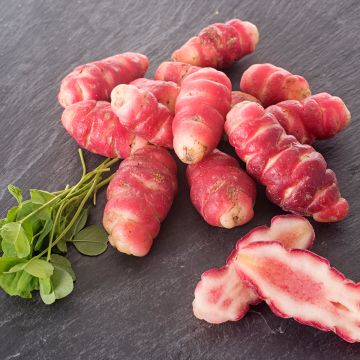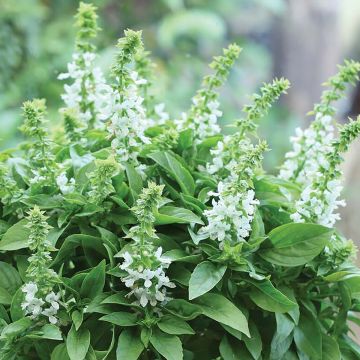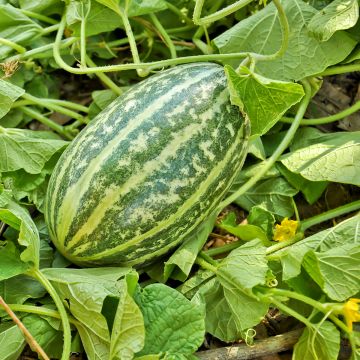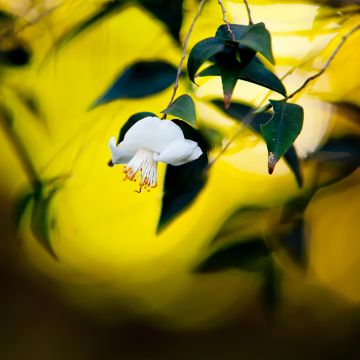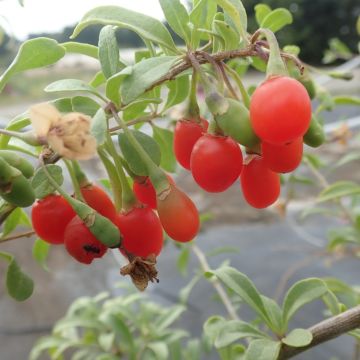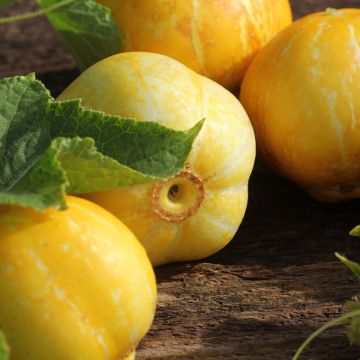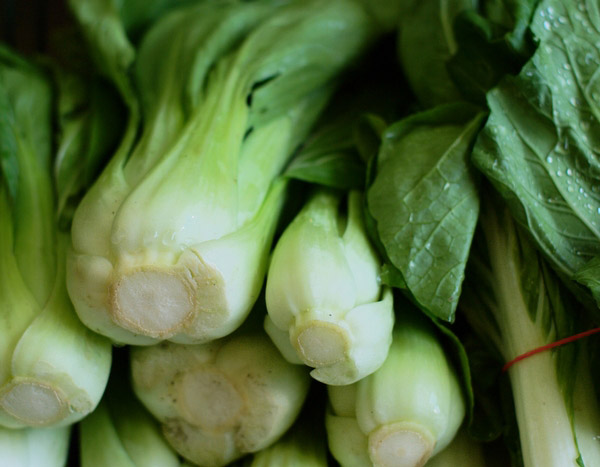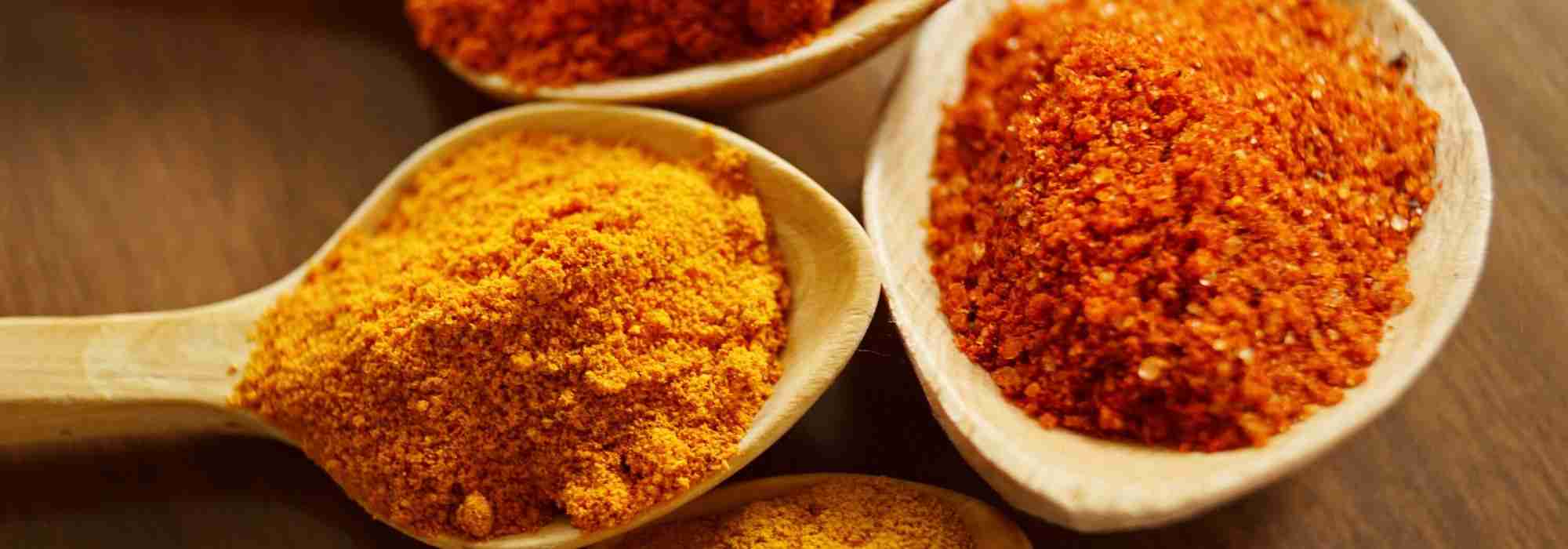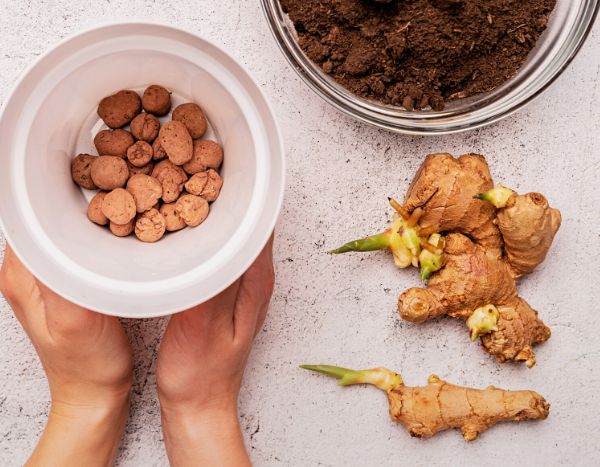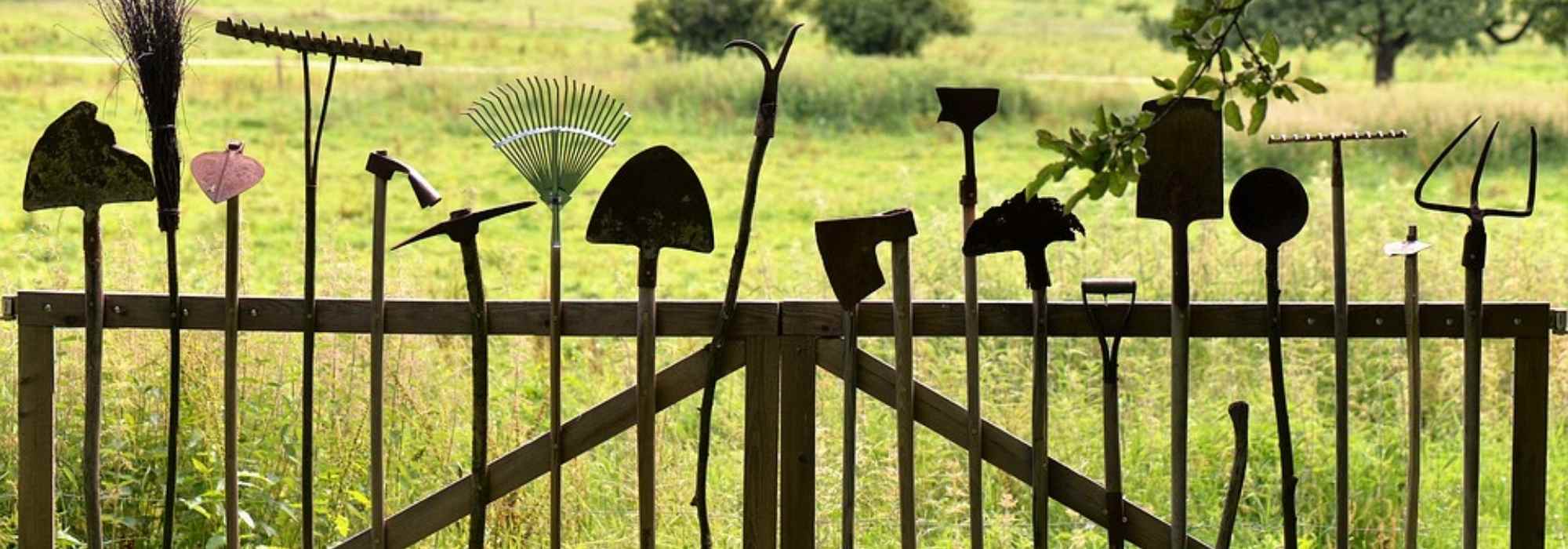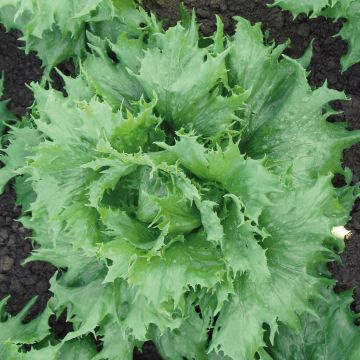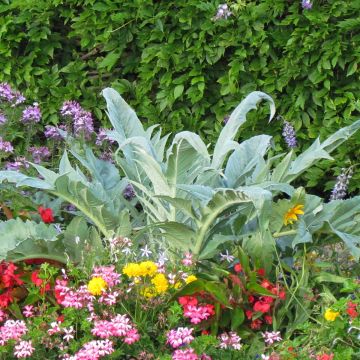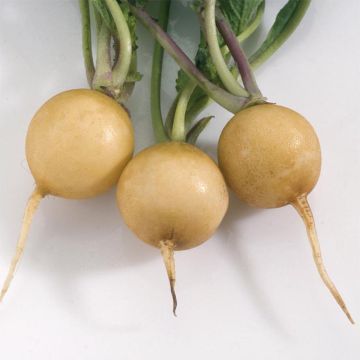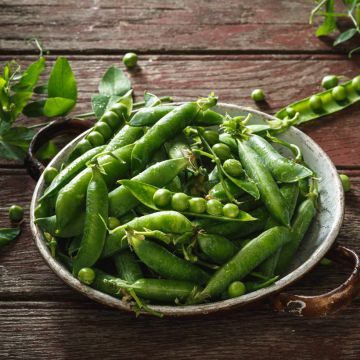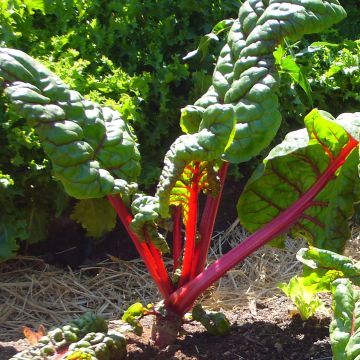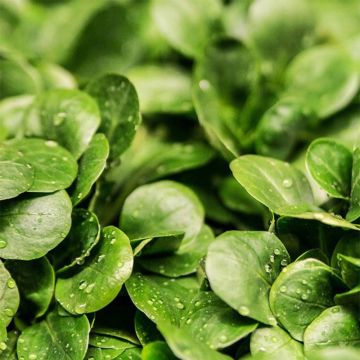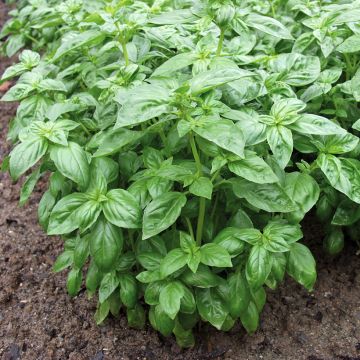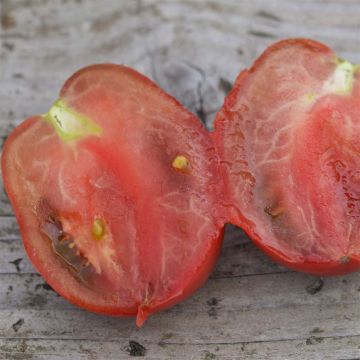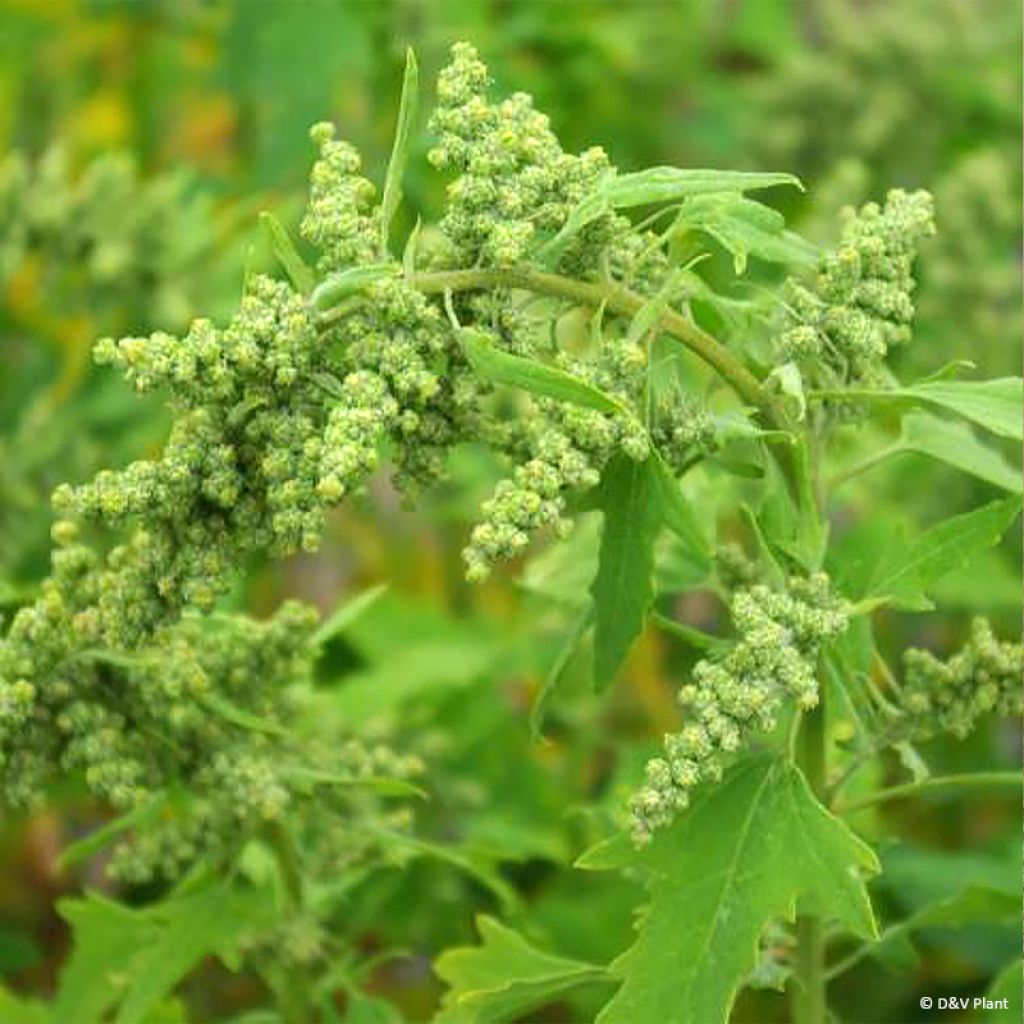

Quinoa - Chenopodium quinoa
Quinoa - Chenopodium quinoa
Chenopodium quinoa
Quinoa
Special offer!
Receive a €20 voucher for any order over €90 (excluding delivery costs, credit notes, and plastic-free options)!
1- Add your favorite plants to your cart.
2- Once you have reached €90, confirm your order (you can even choose the delivery date!).
3- As soon as your order is shipped, you will receive an email containing your voucher code, valid for 3 months (90 days).
Your voucher is unique and can only be used once, for any order with a minimum value of €20, excluding delivery costs.
Can be combined with other current offers, non-divisible and non-refundable.
Why not try an alternative variety in stock?
View all →This plant carries a 6 months recovery warranty
More information
We guarantee the quality of our plants for a full growing cycle, and will replace at our expense any plant that fails to recover under normal climatic and planting conditions.
Description
The Quinoa, in Latin Chenopodium quinoa, is an annual plant native to the Andean highlands that has gained popularity as a cereal substitute, mainly because its seeds do not contain gluten. Considered as a forgotten vegetable, it is a low-maintenance plant with great nutritional qualities. It is grown for its seeds, but also for its leaves which are consumed cooked like spinach. The washed seeds can be prepared as rice, semolina, or ground into flour. Quinoa is planted in the spring, in the sun, in ordinary but well-drained soil.
Quinoa belongs to the amaranth or goosefoot family, depending on the classification. An extremely robust annual plant, it has been cultivated for over 5000 years in the Peruvian and Bolivian Andes, where it experiences frost and periods of drought. It is a pseudocereal that formed the basis of the diet of pre-Columbian civilizations. The seed husk contains a bitter saponin, which requires thorough rinsing in clear water before consumption. Quinoa flour, which is gluten-free, cannot be used for breadmaking.
The Chenopodium quinoa forms a bushy clump in the space of a year, reaching easily 1 meter (3 feet) in height, even 2 meters (7 feet). The vegetation has a cylindrical central stem at the base, angular along its height, more or less branched. Its color varies according to strains and ecotypes, ranging from solid green to green streaked with red or violet to solid red. The leaves have a shape and size that vary according to their position on the stem, and their margin is slightly undulate. The color of the leaves also varies according to strains, ranging from green to yellow, red, or violet. Flowering occurs more or less early depending on the climate, in spring or summer. The flowers are insignificant but numerous, and are gathered in large panicles or clusters that turn reddish at ripeness. The length of the panicle ranges from 30 to 80 cm (12 to 32in). Quinoa seeds are low in lipids, rich in fiber, and richer in amino acids than cereals.
Quinoa can be prepared in many ways: the leaves can be quickly cooked in a wok, in bechamel sauce, cream, or in a savory tart with small pieces of goat cheese or salmon. The leaves contain oxalic acid and saponins, which are largely eliminated during the cooking process, especially if boiled for 2 minutes at 100 °C (212°F). Mature seeds are consumed after soaking and cooking. Appreciated for their nutty taste, they can be prepared like rice or pasta, as an accompaniment to meat or fish. They also form the basis of vegetarian recipes.
Harvest: Leaf harvesting is done according to their growth and your needs, preferably before flowering. In summer, the leaves become too tough to be consumed, but the young flower stalk can be enjoyed in the same way as asparagus. The seed clusters are harvested when they are fully dry and red. They need to be beaten to retrieve the seeds.
Storage: The leaves do not keep well in the refrigerator as they tend to soften. It is best to consume them immediately or a few hours after harvesting. The seeds can be stored like rice.
Gardener's tip: The plant should not lack water too much during flowering and seed formation. The rest of the season, it is very drought-tolerant.
Harvest
Plant habit
Foliage
Other World flavours
View all →Planting and care
Quinoa easily self-seeds from year to year because the plant produces numerous seeds. We advise you to keep some seeds to sow them in a warm place at the end of winter, for planting after the frost. This chenopod, although very robust, particularly likes deep, well-prepared, light, well-drained soils that remain slightly moist during the flowering period. However, outside of this period, the plant dreads wet soils and can tolerate drought. Quinoa also enjoys very sunny locations.
Cultivation
Care
Intended location
Planting & care advice
This item has not been reviewed yet - be the first to leave a review about it.
Similar products
Haven't found what you were looking for?
Hardiness is the lowest winter temperature a plant can endure without suffering serious damage or even dying. However, hardiness is affected by location (a sheltered area, such as a patio), protection (winter cover) and soil type (hardiness is improved by well-drained soil).

Photo Sharing Terms & Conditions
In order to encourage gardeners to interact and share their experiences, Promesse de fleurs offers various media enabling content to be uploaded onto its Site - in particular via the ‘Photo sharing’ module.
The User agrees to refrain from:
- Posting any content that is illegal, prejudicial, insulting, racist, inciteful to hatred, revisionist, contrary to public decency, that infringes on privacy or on the privacy rights of third parties, in particular the publicity rights of persons and goods, intellectual property rights, or the right to privacy.
- Submitting content on behalf of a third party;
- Impersonate the identity of a third party and/or publish any personal information about a third party;
In general, the User undertakes to refrain from any unethical behaviour.
All Content (in particular text, comments, files, images, photos, videos, creative works, etc.), which may be subject to property or intellectual property rights, image or other private rights, shall remain the property of the User, subject to the limited rights granted by the terms of the licence granted by Promesse de fleurs as stated below. Users are at liberty to publish or not to publish such Content on the Site, notably via the ‘Photo Sharing’ facility, and accept that this Content shall be made public and freely accessible, notably on the Internet.
Users further acknowledge, undertake to have ,and guarantee that they hold all necessary rights and permissions to publish such material on the Site, in particular with regard to the legislation in force pertaining to any privacy, property, intellectual property, image, or contractual rights, or rights of any other nature. By publishing such Content on the Site, Users acknowledge accepting full liability as publishers of the Content within the meaning of the law, and grant Promesse de fleurs, free of charge, an inclusive, worldwide licence for the said Content for the entire duration of its publication, including all reproduction, representation, up/downloading, displaying, performing, transmission, and storage rights.
Users also grant permission for their name to be linked to the Content and accept that this link may not always be made available.
By engaging in posting material, Users consent to their Content becoming automatically accessible on the Internet, in particular on other sites and/or blogs and/or web pages of the Promesse de fleurs site, including in particular social pages and the Promesse de fleurs catalogue.
Users may secure the removal of entrusted content free of charge by issuing a simple request via our contact form.
The flowering period indicated on our website applies to countries and regions located in USDA zone 8 (France, the United Kingdom, Ireland, the Netherlands, etc.)
It will vary according to where you live:
- In zones 9 to 10 (Italy, Spain, Greece, etc.), flowering will occur about 2 to 4 weeks earlier.
- In zones 6 to 7 (Germany, Poland, Slovenia, and lower mountainous regions), flowering will be delayed by 2 to 3 weeks.
- In zone 5 (Central Europe, Scandinavia), blooming will be delayed by 3 to 5 weeks.
In temperate climates, pruning of spring-flowering shrubs (forsythia, spireas, etc.) should be done just after flowering.
Pruning of summer-flowering shrubs (Indian Lilac, Perovskia, etc.) can be done in winter or spring.
In cold regions as well as with frost-sensitive plants, avoid pruning too early when severe frosts may still occur.
The planting period indicated on our website applies to countries and regions located in USDA zone 8 (France, United Kingdom, Ireland, Netherlands).
It will vary according to where you live:
- In Mediterranean zones (Marseille, Madrid, Milan, etc.), autumn and winter are the best planting periods.
- In continental zones (Strasbourg, Munich, Vienna, etc.), delay planting by 2 to 3 weeks in spring and bring it forward by 2 to 4 weeks in autumn.
- In mountainous regions (the Alps, Pyrenees, Carpathians, etc.), it is best to plant in late spring (May-June) or late summer (August-September).
The harvesting period indicated on our website applies to countries and regions in USDA zone 8 (France, England, Ireland, the Netherlands).
In colder areas (Scandinavia, Poland, Austria...) fruit and vegetable harvests are likely to be delayed by 3-4 weeks.
In warmer areas (Italy, Spain, Greece, etc.), harvesting will probably take place earlier, depending on weather conditions.
The sowing periods indicated on our website apply to countries and regions within USDA Zone 8 (France, UK, Ireland, Netherlands).
In colder areas (Scandinavia, Poland, Austria...), delay any outdoor sowing by 3-4 weeks, or sow under glass.
In warmer climes (Italy, Spain, Greece, etc.), bring outdoor sowing forward by a few weeks.






























